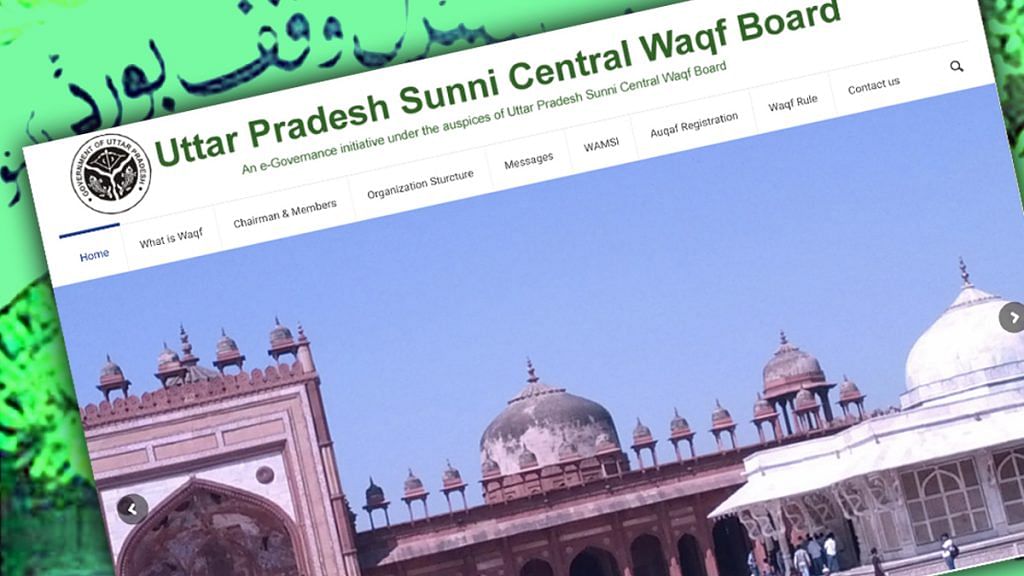The main purpose of the huge waqf board universe in India is to serve the Muslim community. But even as the waqf board has emerged as the third largest owner of land in the country, Indian Muslims are struggling for basic needs and fare worse than Dalits on several socio-economic indicators. Waqf owners today are India’s largest urban landlords.
Waqf is a type of charitable endowment in Islamic law where the ownership of a property is transferred to Allah and the property is permanently dedicated for religious or charitable purposes. The person making the waqf (known as waqif) may specify the purposes for which the income generated by the property should be used. This could include supporting the poor and needy, maintaining a mosque or other religious institution, providing education, or funding other charitable causes.
In this way, waqf is considered a form of religious charity that allows individuals to contribute to the welfare of society and earn spiritual rewards. Waqf properties are managed by a waqf board, which is responsible for ensuring that the income generated by the property is used in accordance with the wishes of the waqif and Islamic principles.
The concept of waqf has its roots in early Islamic history, with the practice established during the time of Prophet Muhammad. During the Islamic Golden Age, waqf institutions played a critical role in the development of Islamic scholarship and education. Many of the world’s oldest universities, such as Al-Azhar University in Cairo (Egypt) and the University of Al Quaraouiyine in Fez (Morocco), were founded as waqf institutions.
History of waqf in India
Waqfs in India date back to the beginning of the Delhi Sultanate. In Waqf Laws and Administration in India (1968), authors S Athar Husain and S Khalid Rashid provide an overview of the history of waqfs. According to them, Sultan Muizuddin Sam Ghaor dedicated two villages to the Jama Masjid of Multan.
However, during the British Raj, a dispute over a waqf property ended up in the Privy Council of London. The four British judges who heard the case described the waqf as “a perpetuity of the worst kind” and declared it invalid. It is important to note that the decision of the four judges was not accepted in India, and the Mussalman Waqf Validating Act 1913 saved the institution from destruction. Today, after the Armed Forces and the Railways, the waqf is the largest landowner in India.
In 1954, the Jawaharlal Nehru government passed the Waqf Act, which led to the centralisation of waqfs. Under the Act, the government established the Central Waqf Council in 1964.
In 1995, the law was amended to allow the formation of waqf boards in each state and union territory. The Central Waqf Council serves as an advisory body to the Centre on matters related to waqf properties. Any dispute is decided by a waqf property tribunal headed by a member of the state service and two other members (not necessarily Muslims). Some states like Bihar have separate Shia and Sunni waqf boards.
Also read: Pasmanda Muslims missing from positions of power— Waqf Board to Jamaat-e-Islami
Pasmanda Muslims bear the brunt
The dismal performance of waqf boards raises a question on the purpose of these institutions.
Waqf properties are not generating enough profit for the community, and there have been several allegations of corruption and mismanagement since Independence. Each state has its own story to tell, from Uttar Pradesh to West Bengal. In September 2022, AAP MLA Amanatullah Khan, Delhi Waqf Board chairman, was arrested for alleged misappropriation of waqf funds and other irregularities. Last month, the Centre seized 123 waqf properties.
These are just a few examples that show how the waqf board has become a tool to save the interest of elite (Ashraaf) Muslims and ordinary Indian Muslims get nothing out of it.
Ashraaf have been serving their own interest by using the numerical strength and marginalised status of Pasmanda in the name of minority politics. The waqf board is no exception. Like all other Muslim institutions in India, waqf boards are also ruled by Ashraafs and have negligible participation of Tribals, Dalits and Backward Muslims.
Pasmanda Muslims also bear the brunt of reaction coming from other communities over special privileges given to waqf boards by the 1995 Act. No other minority group has so much land for the place of worship. In fact, Hindu temples and their land still belong to the State. Additionally, waqf making claims on others’ lands only adds to the fault lines among communities and affects Pasmanda Muslims more than anyone else.
Time has come to re-examine the purpose of waqf boards and whose interest they really serve.
Amana Begam Ansari is a columnist and TV news panelist. She runs a weekly YouTube show called ‘India This Week by Amana and Khalid’. She tweets @Amana_Ansari. Views are personal.
(Edited by Prashant)
